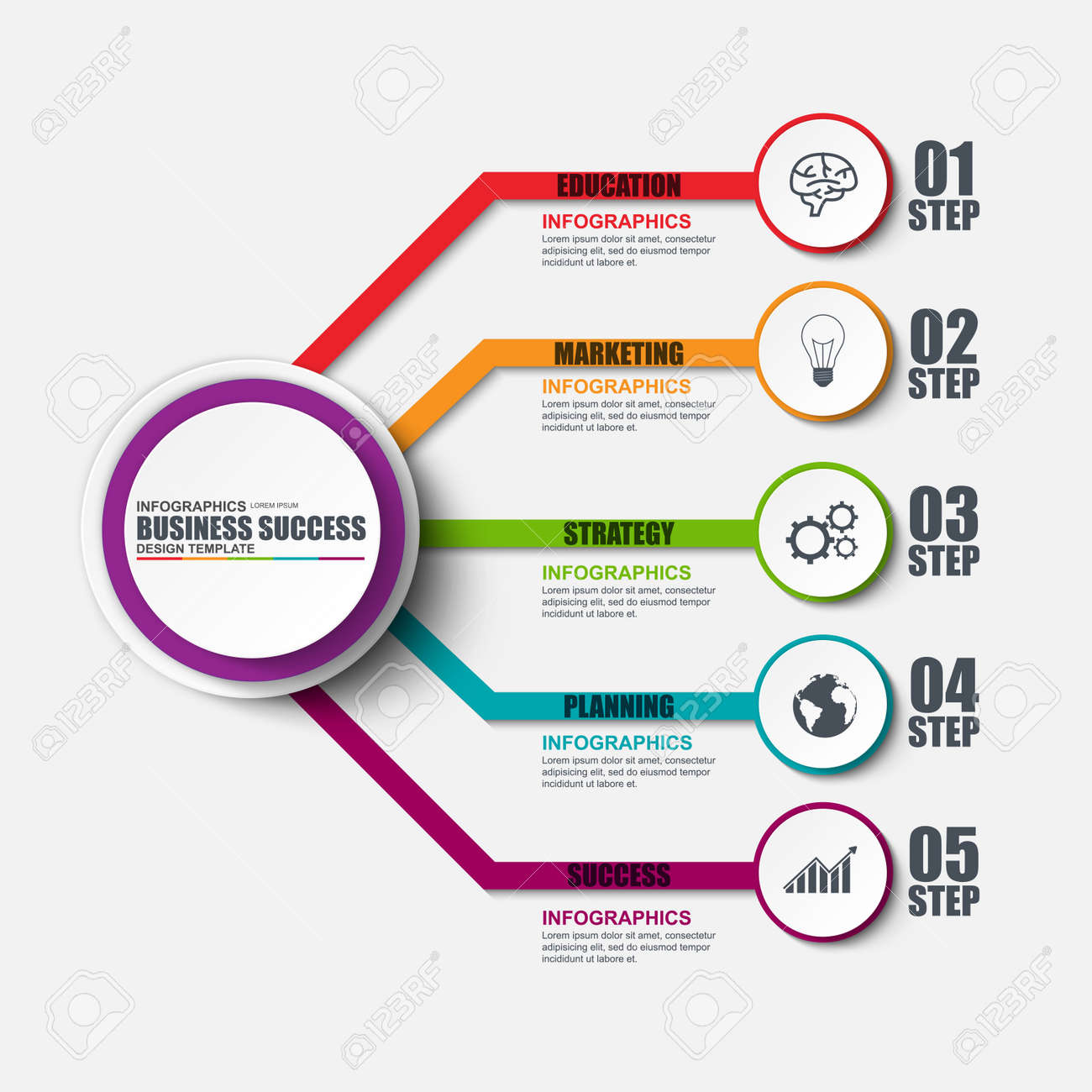Picture a website where every aspect competes for your attention, leaving you feeling bewildered and not sure of where to focus.
Currently image a website where each element is meticulously arranged, leading your eyes effortlessly with the page, providing a smooth user experience.
The distinction lies in the power of visual pecking order in website style. By strategically arranging and focusing on elements on a page, developers can create a clear and instinctive course for users to follow, inevitably improving engagement and driving conversions.
However how precisely can visit the website ? Join us as we check out the concepts and techniques behind efficient visual pecking order, and discover just how you can boost your site layout to brand-new elevations.
Comprehending Visual Hierarchy in Website Design
To effectively communicate details and guide customers through a web site, it's crucial to understand the idea of aesthetic hierarchy in web design.
Visual power structure describes the arrangement and organization of components on a web page to highlight their relevance and produce a clear and user-friendly individual experience. By developing a clear aesthetic hierarchy, you can route customers' interest to one of the most important details or actions on the web page, improving functionality and interaction.
This can be attained through numerous design techniques, consisting of the strategic use size, shade, contrast, and placement of elements. For instance, bigger and bolder components usually draw in more focus, while contrasting shades can create visual comparison and draw emphasis.
Concepts for Effective Aesthetic Power Structure
Comprehending the principles for efficient visual power structure is essential in producing an easy to use and interesting website layout. By complying with these concepts, you can ensure that your internet site properly interacts info to customers and overviews their attention to one of the most important aspects.
One principle is to use dimension and scale to establish a clear aesthetic pecking order. By making important elements larger and extra noticeable, you can accentuate them and overview customers with the web content.
An additional principle is to use contrast efficiently. By utilizing contrasting shades, font styles, and shapes, you can develop visual differentiation and highlight important details.
In affordable web design for small business , the principle of proximity recommends that associated components should be grouped together to aesthetically connect them and make the web site extra organized and simple to browse.
Implementing Visual Power Structure in Web Site Style
To implement aesthetic hierarchy in website style, focus on vital aspects by changing their dimension, color, and setting on the page.
By making key elements larger and extra prominent, they'll normally draw the user's focus.
Use contrasting shades to develop aesthetic comparison and stress essential information. As an example, you can utilize a bold or vivid shade for headlines or call-to-action switches.
Furthermore, take into consideration the placement of each aspect on the page. Place vital aspects on top or in the center, as customers have a tendency to focus on these areas initially.
Conclusion
So, there you have it. Aesthetic hierarchy resembles the conductor of a symphony, directing your eyes with the website layout with finesse and flair.
It's the secret sauce that makes a web site pop and sizzle. Without it, your style is simply a jumbled mess of random components.
But with aesthetic hierarchy, you can develop a work of art that orders interest, interacts properly, and leaves an enduring impact.
So leave, my friend, and harness the power of visual pecking order in your web site style. Your target market will thank you.

 Barret Oliver Then & Now!
Barret Oliver Then & Now! Ben Savage Then & Now!
Ben Savage Then & Now! Barbi Benton Then & Now!
Barbi Benton Then & Now! The Olsen Twins Then & Now!
The Olsen Twins Then & Now! Ryan Phillippe Then & Now!
Ryan Phillippe Then & Now!